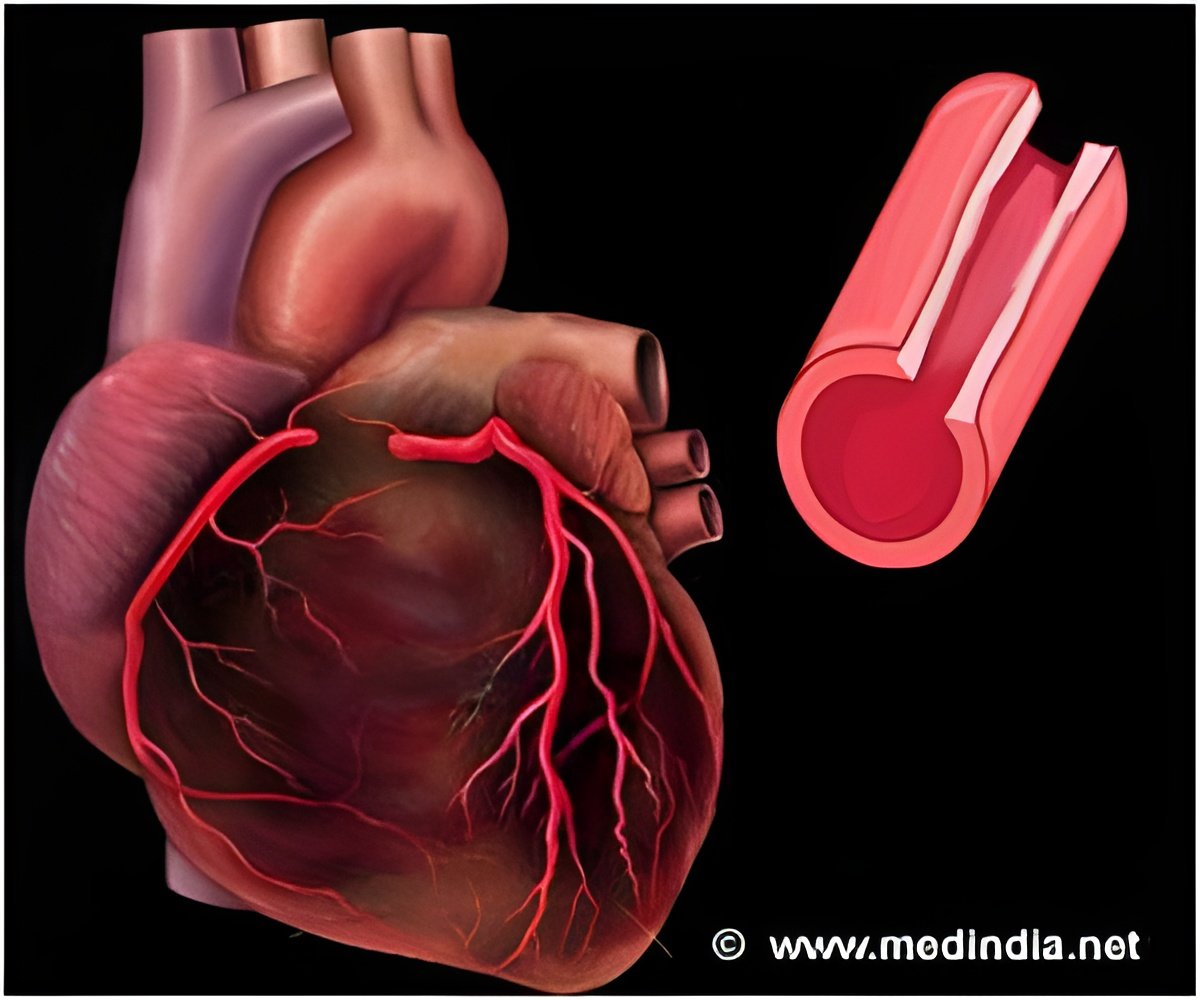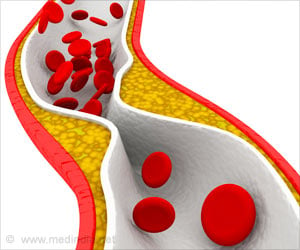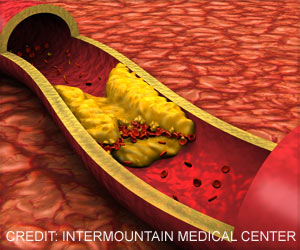Nearly 10 percent of an important form of congenital heart disease could be attributed to genetic causes, according to a joint study.

Congenital heart malformations are at the forefront of all malformations in newborns, and one of the most important causes of infant mortality in Western countries. For their study, the researchers focused on malformations of the aortic valve, where familial clustering of cases often suggests a hereditary component. The researchers therefore decided to adopt a "family approach" and selected families with several members having a heart condition, in order to be able to establish a direct link with the disease. Using very strict filtering criteria to identify possible causal copy number variants –a structural form of variation of the genetic makeup that leads to an increase or decrease in the copy number of small parts of DNA within the genome– the researchers retained only rare variants directly involved in the disease processes and causing severe adverse health effects. The variants had to be carried by the patients but not by healthy members of their family. Researchers then validated the identified genes by confirming that they were highly expressed in the developing mouse heart.
The study also noted that many affected patients carried more than one rare variant. This finding had already been made in the context of other congenital diseases. In addition, the study reveals that in the 59 families analyzed, no copy number variants recurred between two families. "Despite the homogeneity of the French-Canadian population as compared to other populations and similarities seen within families, we realize that copy number variants are very different between families with no genealogical connection. From a genetic point of view, the diseases we looked at are a "family affair."
Moreover, although the study focused on the aortic valve area, genes explaining associated conditions have been identified. "It is striking that the majority of the identified genes also play an important role in blood vessels, not just in the valves of the heart," says Dr. Andelfinger. Indeed, the images are of striking clarity: expression patterns of the genes identified selectively stain areas of the heart where lesions are observed. "Numerous patients continue to have problems after successful initial intervention on the aortic valve, such as aortic dilation. Our study sheds new light on the link between the two issues, something we always observed clinically but had a hard time to explain," he concludes.
Source-Eurekalert










